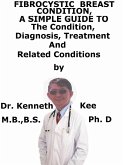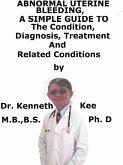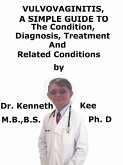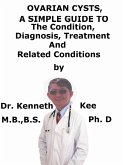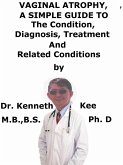The uterus, also called the womb, is the hollow organ in the female reproductive system that holds a fetus during pregnancy.
It is shaped like an upside-down pear and has thick walls.
The uterus does multiple functions and has a major part in fertility and childbearing.
This organ is able to transform in shape as muscles tighten and relax to make it possible to carry a fetus.
During pregnancy, the uterus enlarges, the muscles become stretched and thinner like a balloon.
Without this ability to expand, the woman would be unable to endure the rapid growth of a fetus.
The uterus's main function is to house and nourish a fetus until it is ready for birth.
The uterus is located in the center of the pelvis, behind the bladder and in front of the rectum.
The actual position of the uterus within the pelvis differs from person to person.
Each position has its own name:
An anteverted uterus tips slightly forward.
A retroverted uterus bends slightly backward.
Both of these positions are normal, and the position of the uterus can alter throughout a woman's life, most often after a pregnancy.
The fundus is the top part of the uterus.
It is broad and curved.
The fallopian tubes bind to the uterus just below the fundus.
The corpus is the central body of the uterus.
It is very muscular and can stretch to accommodate a developing fetus.
During labor, the muscular walls of the corpus contract to help move forward the baby through the cervix and vagina.
The corpus is covered by a mucus membrane called the endometrium.
This membrane reacts to reproductive hormones by altering its thickness during each menstrual cycle.
If an egg is fertilized, it binds to the endometrium.
If no fertilization occurs, the endometrium discards its outermost layer of cells, which are discharged during menstruation.
The part of the uterus between the corpus and the cervix is known as the isthmus.
This is where the walls of the uterus start to narrow toward the cervix.
The cervix is the lowest portion of the uterus.
It is lined with a smooth mucous membrane and joins the uterus to the vagina.
Glands in the cervical lining normally secrete thick mucus.
During ovulation, this lining becomes thinner to permit sperm to easily pass into the uterus.
During childbirth, the cervix widens to permit the baby to pass through the birth canal.
The uterus is a hollow female organ comprising three layers of tissue:
The Perimetrium: This is the outside layer of tissue lining the outside of the uterus.
The Myometrium: This is the middle layer of the uterus primarily made up of smooth muscle.
The Endometrium: This is the inside layer of the uterus that builds up over the course of a month and is shed each month if no pregnancy happens.
This shedding of the lining of the uterus is called the menstrual period.
When pregnancy happens, the endometrium supplies nutrients to the fertilized egg, and ultimately supports the placenta.
Some facts of the uterus:
Some women (1 in 2,000) are born with more than one uterus
In uterus didelphys, some women have two uteruses
Some people (1 in 4,500) are born without a womb
People without a uterus can be perfectly healthy; they just cannot get pregnant or menstruate
Everything, from the common cold, to sore throat to body aches was blamed on the wandering womb in the past.
Modern medicine has educated people to know that the uterus does not wander
The uterus is super-stretchy, being able to carry the baby during pregnancy
The uterus helps the mother form her first connection with her baby, her voice, heartbeat, etc.
TABLE OF CONTENT
Introduction
Chapter 1 Uterus and Functions
Chapter 2 Diseases
Chapter 3 Cervicitis
Chapter 4 Uterine Prolapse...
Dieser Download kann aus rechtlichen Gründen nur mit Rechnungsadresse in A, B, CY, CZ, D, DK, EW, E, FIN, F, GR, H, IRL, I, LT, L, LR, M, NL, PL, P, R, S, SLO, SK ausgeliefert werden.



